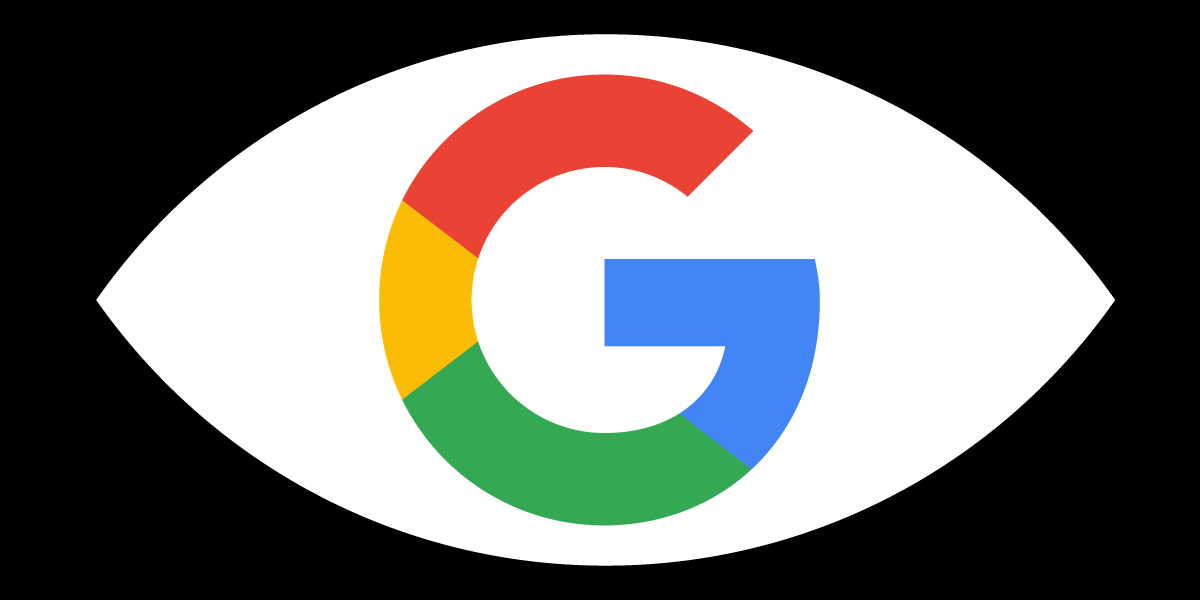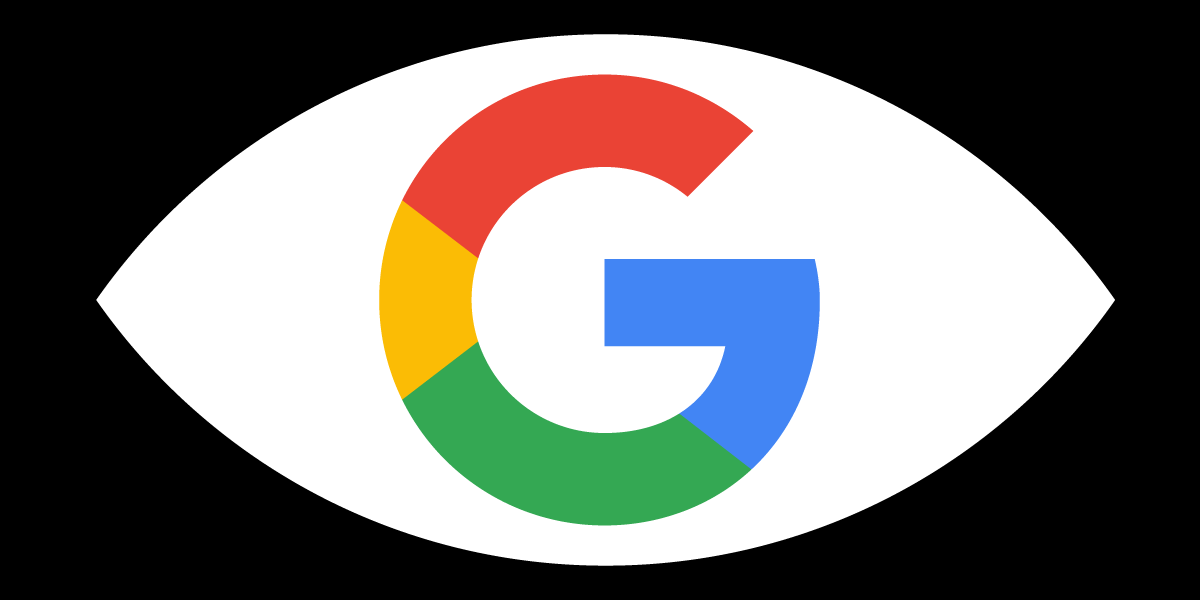Google buying another tech company isn’t new. But Google’s proposed acquisition of Fitbit poses an extraordinary threat to competition and user privacy. Users face having their Fitbit information added to Google’s already large and invasive data pool, and a world that makes it harder and harder for privacy-focused tech companies to exist and compete.
The U.S. Department of Justice (DOJ) is reviewing the deal, and could take steps to either block it or establish conditions for approval. The DOJ should take the first route, and block the deal altogether. U.S. antitrust laws bar any merger that would “substantially lessen competition,” and Google buying Fitbit would do just that.
The most critical issue is Google’s acquisition of Fitbit’s trove of health and biometric data. Obtaining that data will help Google both improve its advertising business and significantly expand its data empire. Given consumers’ repeated affirmations that they care about privacy, makers of mobile computing devices and software should be competing to offer privacy-protective options. That’s not happening nearly enough, and it will be even harder once Google expands its data hoard to include personal health and fitness monitoring.
What Is Fitbit and What Data Does It Have?
Fitbit is one of the world’s largest wearable device companies, focusing on trackers and smartwatches that monitor health and fitness. These devices can track users' location, how and when they exercise, their heart rate, and their sleep patterns. Through the Fitbit app, users are encouraged to add other information, such as their weight and eating habits. Tracking and analyzing your own health data can be very useful (for you) but it’s also potentially very valuable to advertisers and other businesses because it may reveal a user’s daily habits, movements, medical conditions, and associates.
That’s a lot of data—sensitive data—for a standalone company to have. Now let’s see what can happen when it’s added to the Googleplex.
Google’s Data Tentacles
Today, Google has a massive presence in Internet users’ daily lives. Google’s Chrome browser has a 69% market share on the desktop and 62% on mobile. Google has 66% of the search market, and with Android, a 71% market share in mobile operating systems. Its ecosystem includes Maps, home devices, News, Photos, Duo, smartwatches, auto technology, Google TV, Wallet, YouTube, Docs, Sheets, and Slides. Simply put, it’s increasingly hard to use the Internet without interacting with one or more Google services.
And all of that use generates the data that Google uses to build user profiles. The company sells or leverages those profiles for multiple purposes, especially advertising. In fiscal year 2019, advertising represented 83% of the revenue for Google’s parent company, Alphabet.
That revenue is a powerful incentive to add new vectors for collecting data. One way it does this is through acquisitions of data-rich businesses like Doubleclick, Nest, and now Fitbit.
Another way is Google’s third-party advertising arm, through which it collects data about user activities on websites and apps outside of Google’s own. More than a million apps and untold millions of websites integrate with Google’s ad network. Through this network, Google collects data about browsing history, app usage, and users’ precise location. Google also collects offline purchase data and health data.
For users, this complex system of data acquisition makes it almost impossible to fully understand where our data resides, how it is used, and by whom. Many users assume that the data generated by their interactions with a single Google service (say, a Web search query) stays inside that product’s silo within Google’s corporate structure. But Google product designers are masters of “dark patterns,” which entice or coerce users into granting sham “consent” for their data to be shared across all of Google’s businesses. For example, users are generally unaware that when they enable “location” in Google’s search tool, they’re also “granting permission” for Google to track their location at all times and in all places and use that data in Google’s other services and products. The user experience in these products isn’t necessarily improved by this indiscriminate data-mining; rather, this deliberate complexity deprives users of the ability to make informed choices, because the ramifications of those choices have been deliberately obscured.
So what does all this mean for the Fitbit acquisition?
Google’s user-data storehouses are money-making machines, but they also scare off potential competitors and their investors, who generally accept that they can’t compete with Google in most of the markets where it operates, because they’ll never catch up Google’s lead in acquiring and analyzing data.
A Fitbit acquisition will let Google eliminate one of the few competitors in the wearables market, and allow it to cement its lead against others. Unparalleled access to intimate user data—physical movement, daily habits, and health status—can be wielded against would-be competitors: first, by applying insights from Fitbit data to improve Google’s products; and second, by starving competitors of data and insights that they could use to design and improve competing products.
Google’s acquisition of Fitbit will also deprive users of one simple, meaningful choice they could have made: to track their health and fitness without putting that data into Google’s ecosystem. And where users have already made this choice—by buying and using Fitbit devices prior to the acquisition—an acquisition destroys those user choices, retrospectively opting them into Google data collection despite their revealed preference to use a Google competitor.
Allowing Google’s acquisition of Fitbit removes choice for consumers going forward as well. Why would a privacy-conscious user bother buying products and services from a Google competitor if successful competitors are increasingly likely to sell themselves, and users’ data, to Google?
Why not simply set limits and conditions?
In similar situations, government regulators can and have imposed conditions on deals like this, to help protect consumers and competition generally. But that won’t be enough here. First, Google’s Fitbit acquisition is part of a disturbing, long term pattern of acquiring and fencing off every avenue a competitor could use to gather data. It’s past time to draw a line in the sand. Second, Google’s earlier promises not to merge data from its acquisitions have been proven hollow, and likely will be again given the irresistible business incentives to combine those data sets.
Users shouldn’t have to choose between abandoning the systems they’ve paid for and learned to use, and having their data nonconsensually ingested by one massive, surveillance-based business. The DOJ and other competition authorities can and should preserve users’ rights to participate in technological life without being watched by Google, and help ensure a healthy market where competitors have a chance.













